In 2025, the home and garden industry is set to undergo a major transformation, and one of the biggest trends to watch is biodegradable ceramic glazes. With sustainability becoming a top priority for consumers and businesses alike, the demand for eco-friendly ceramic garden pots, vases, and home decorations is expected to soar. But why is this happening now? And what does it mean for garden brands, home decor buyers, and cross-border e-commerce sellers?
Let’s explore the key factors behind this surge, the advantages of biodegradable ceramic glazes, and how businesses can leverage this trend to stay ahead.
🌱 The Growing Demand for Sustainability in Ceramics
Sustainability is no longer just a buzzword—it’s a movement that is reshaping industries worldwide. Consumers are actively seeking environmentally friendly products, and governments are tightening regulations on materials that pose a risk to the planet.
Several factors are driving this shift:
- Consumer Awareness – Eco-conscious buyers are choosing brands that prioritize sustainability, from packaging to raw materials.
- Government Regulations – Many countries are banning harmful substances in ceramics, pushing manufacturers to explore biodegradable alternatives.
- Market Differentiation – Brands that embrace sustainable materials gain a competitive edge and attract a growing eco-friendly audience.
For ceramic garden pots and home decorations, the glaze plays a crucial role—not just in aesthetics but also in environmental impact. Traditional ceramic glazes often contain heavy metals and non-decomposable compounds. In contrast, biodegradable ceramic glazes break down naturally without harming the environment.
🌍 Why 2025? The Perfect Timing for Change
The transition to biodegradable ceramic glazes has been in the making for years, but 2025 presents the perfect storm for mass adoption.
- Regulations Are Kicking In: The EU and the US are enforcing stricter environmental standards for ceramic goods.
- Eco-Certifications Matter More Than Ever: Businesses that meet sustainability standards gain higher trust and better market positioning.
- Sustainable Innovations Are More Affordable: Advances in natural mineral-based ceramic glazes make them cost-effective for large-scale production.
For brands and retailers, this is the ideal time to switch to biodegradable glazes before competitors take the lead.
🔬 Biodegradable Ceramic Glaze vs. Traditional Glaze: What’s the Difference?
If you’re wondering how biodegradable ceramic glazes compare to traditional ones, here’s a breakdown:
| Feature | Traditional Ceramic Glaze | Biodegradable Ceramic Glaze |
|---|---|---|
| Composition | Contains heavy metals, lead, and synthetic chemicals | Made from natural minerals, plant-based additives |
| Environmental Impact | Can release toxins into the soil and water | Fully biodegradable and eco-friendly |
| Durability | Long-lasting but harmful to ecosystems when discarded | Durable yet decomposes naturally over time |
| Market Demand | Becoming less popular due to sustainability concerns | Growing demand among eco-conscious consumers |
| Cost | Generally lower but facing increasing regulations | Becoming more cost-effective with innovation |
The choice is clear: switching to biodegradable glazes isn’t just about sustainability—it’s about aligning with future market demands.
Biodegradable Ceramic Glaze Test
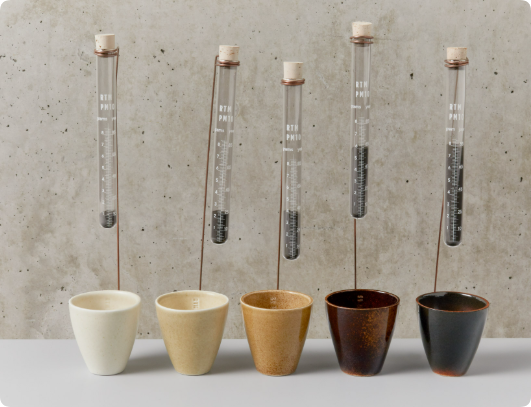
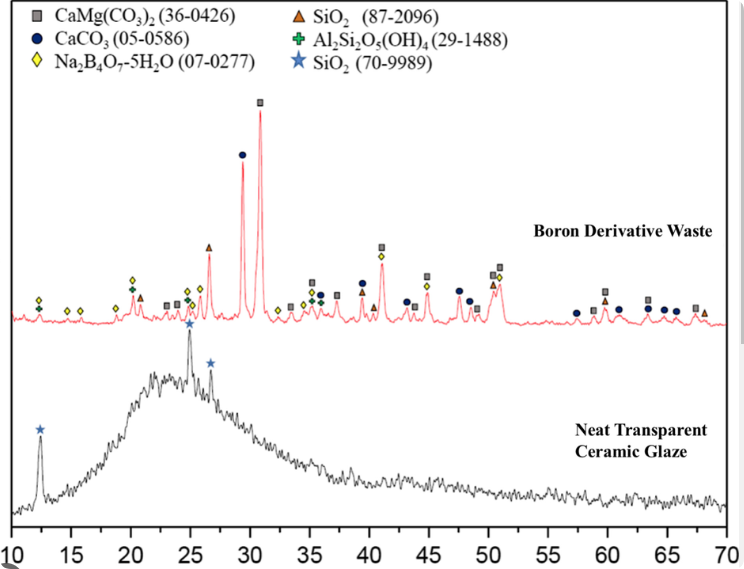
🏡 Which Countries Are Leading the Sustainable Ceramic Trend?
Some countries are at the forefront of eco-friendly ceramics, setting trends that will shape the global market in 2025. Here are five leading regions and their top garden & home decor brands embracing sustainability:
1. USA
- Terrain – Offers rustic, nature-inspired ceramic planters with eco-friendly materials.
- West Elm – Focuses on Fair Trade and responsibly sourced ceramic homeware.
- Anthropologie Home – Blends modern design with sustainable production.
- Pottery Barn – Introduced a range of handcrafted, organic ceramic decor.
- The Sill – Specializes in sustainable indoor plant ceramics.
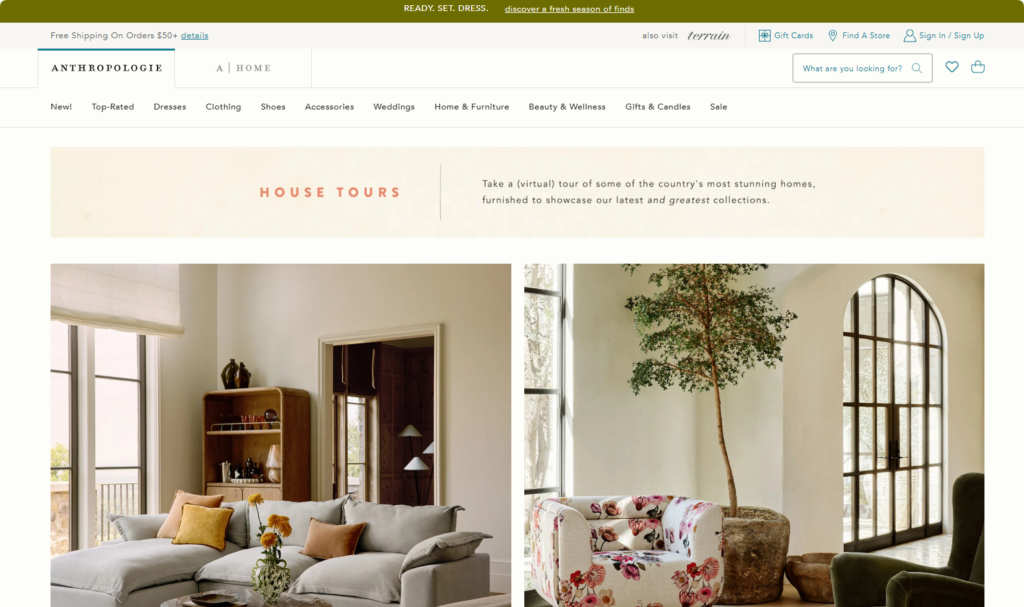
2. UK
- David Mellor Design – Known for its timeless, eco-friendly ceramic products.
- Nkuku – Handmade ceramics using ethical sourcing.
- Emma Bridgewater – Famous for eco-conscious ceramic tableware.
- Burgon & Ball – Specializes in sustainable garden accessories.
- Denby Pottery – One of the UK’s oldest brands leading in ceramic sustainability.
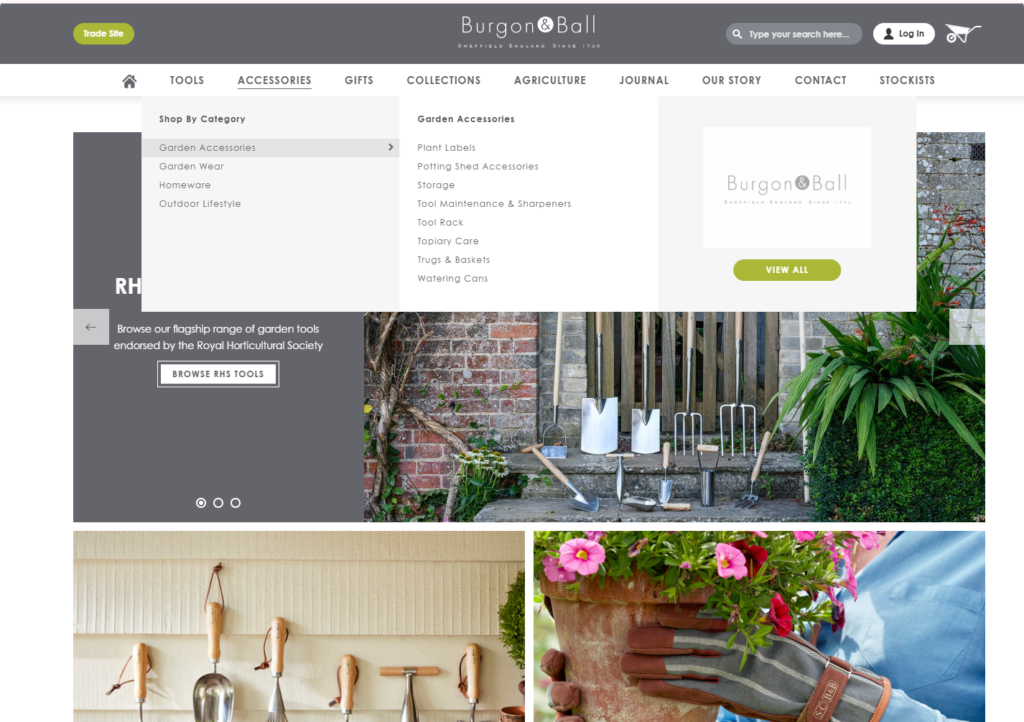
3. Germany
- Kähler Design – Focuses on handcrafted and biodegradable ceramics.
- Villeroy & Boch – Offers premium sustainable ceramic goods.
- Rosenthal – A pioneer in eco-friendly ceramic home decor.
- ASA Selection – Known for minimalistic, sustainable designs.
- KPM Berlin – Blends traditional craftsmanship with modern sustainability.
4. Japan
- Marumo Takagi – Innovates with biodegradable ceramic technologies.
- Noritake – A global leader in high-quality, eco-friendly ceramics.
- Hasami Porcelain – Emphasizes natural materials and sustainability.
- Kinto Japan – Creates minimal, sustainable ceramic pieces.
- Iittala Japan – Merges Japanese craftsmanship with Nordic sustainability.
5. Australia
- Robert Gordon Australia – Handmade ceramics with a focus on biodegradable glazes.
- Mud Australia – Specializes in locally sourced, sustainable ceramics.
- Ecosophy – A brand dedicated to eco-friendly home decor.
- Indigo Love Collectors – Blends aesthetics with sustainability.
- Wheel & Barrow – Offers high-quality, earth-friendly ceramic designs..
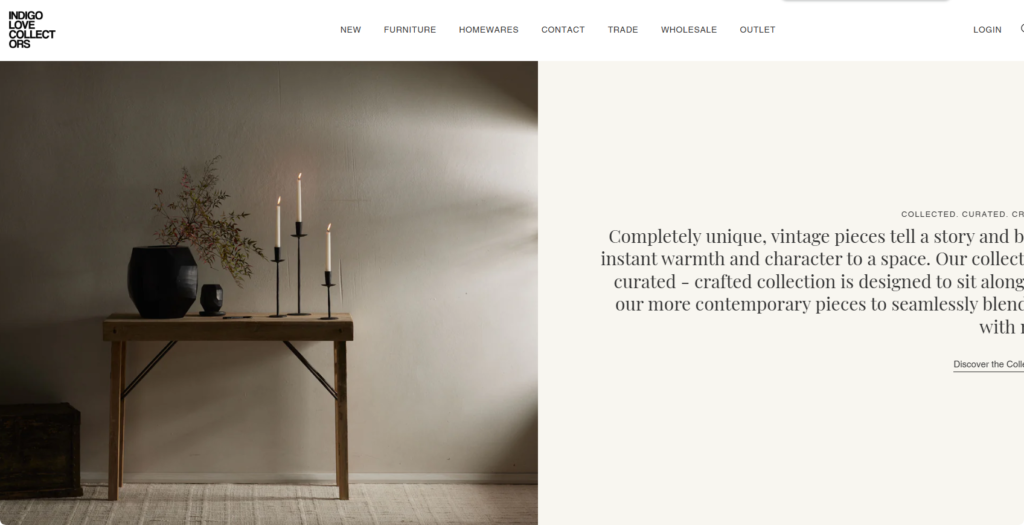
These brands are leading the way, showing that biodegradable ceramic glazes are not just a passing trend, but the future of the industry.
💡 How Businesses Can Prepare for This Shift
For garden brands, retailers, and e-commerce sellers, embracing biodegradable ceramic glazes now is a strategic move. Here’s how to stay ahead:
✅ Source from manufacturers offering biodegradable glaze options – Ensure your supplier is up-to-date with the latest eco-friendly innovations.
✅ Highlight sustainability in marketing – Consumers are willing to pay more for products that align with their values.
✅ Get eco-certifications – Labels like “Green Seal” or “Eco-Certified” build trust and credibility.
✅ Educate customers – Use blog posts, social media, and product descriptions to explain the benefits of biodegradable ceramic glazes.
❓ FAQs: People Also Ask
🔹 Are biodegradable ceramic glazes as durable as traditional glazes?
Yes! They offer the same durability but break down safely over time when disposed of.
🔹 How do biodegradable ceramic glazes impact plant health?
Unlike traditional glazes, they do not leach harmful chemicals into the soil, making them ideal for garden pots.
🔹 Are biodegradable ceramic glazes more expensive?
Initially, they may be slightly higher in cost, but as demand increases and production scales up, prices are becoming more competitive.
🔹 Do biodegradable ceramic glazes come in different colors and finishes?
Absolutely! Manufacturers are now offering a wide range of textures, finishes, and colors to suit any design preference.
🚀 Final Thoughts: The Future is Green
2025 will be a turning point for sustainable ceramics. With increasing consumer demand, tighter regulations, and rapid innovation, biodegradable ceramic glazes are set to redefine the home and garden industry. For brands and retailers, the time to act is now. Switching to biodegradable ceramics isn’t just a choice—it’s the future. 🌱✨

